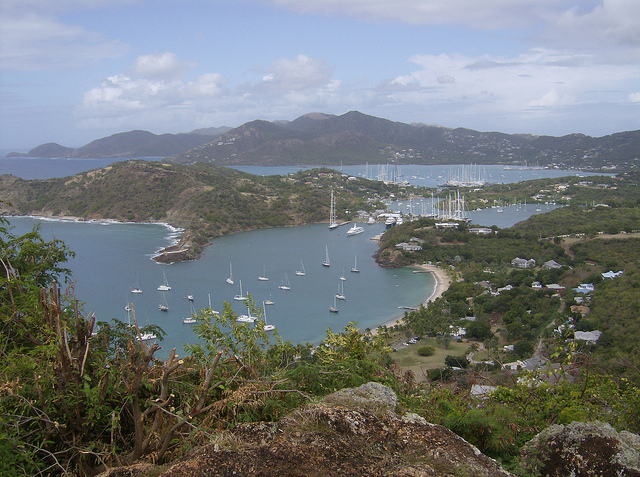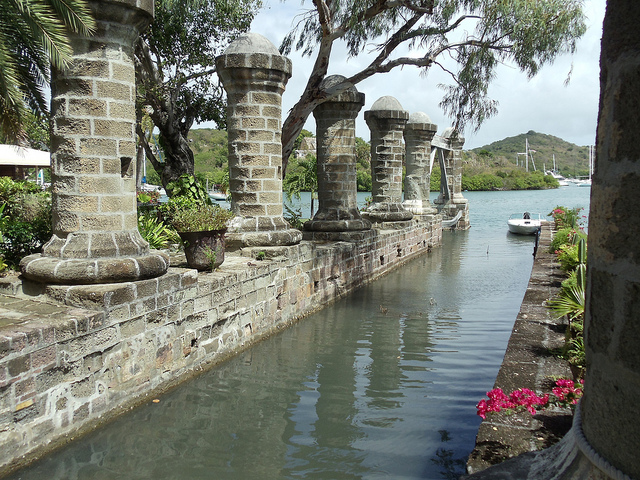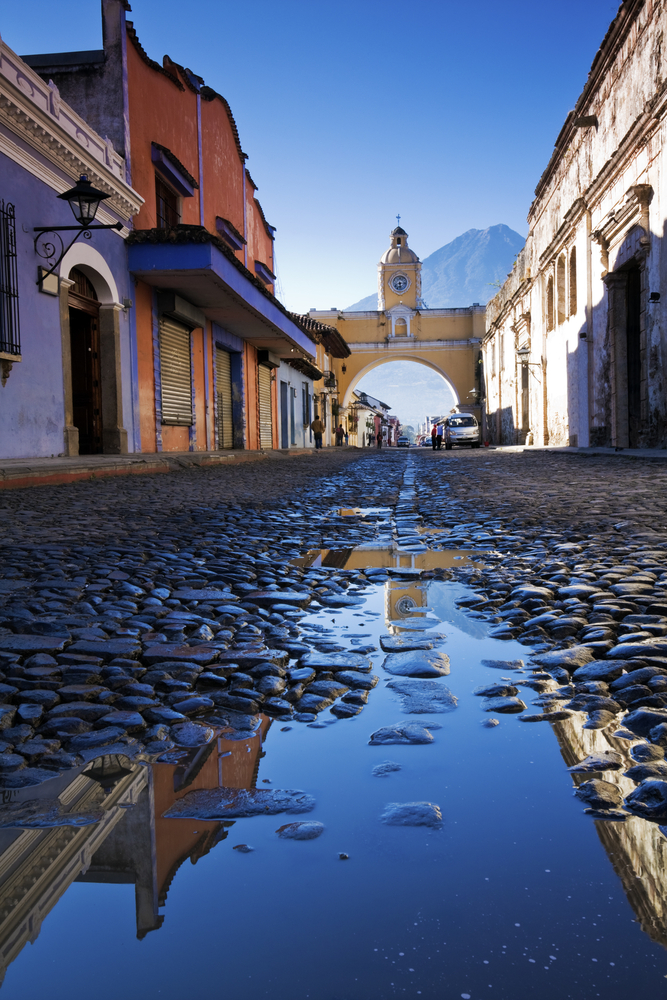UNESCO World Heritage sites are special places, and many of the more than 1,000 sites around the globe can be visited via cruise ship. Since 1972, the United Nations Educational, Scientific and Cultural Organization (UNESCO) has designated cultural and natural heritage sites that are “considered to be of outstanding value to humanity” as World Heritage sites, encouraging their protection and preservation.
World Heritage sites are considered to belong to all the peoples of the world, regardless of where they are located.
In fact, here are 7 of our MUST see UNESCO sites >>
What are World Heritage Sites?
Cultural heritage sites are monuments, buildings or other sites of historical, aesthetic, scientific, or ethnological value: well-known examples include wonderful places to visit via cruise, such as the historic center of Naples, Italy, and the Forbidden City complex in Beijing, China.
Natural heritage sites have outstanding physical, biological or geological formations. Sites like the Great Barrier Reef of Australia and the Galapagos Islands are also cruise itinerary highlights.
New Site: Nelson’s Dockyard, Antigua
New World Heritage sites are regularly nominated and inscribed to the list – which can help you refresh your list of planned cruise adventures!
One site that was just added to the list is in a marvelous cruise destination: Antigua, a beautiful, beach-strewn island in the Eastern Caribbean. The first thing most visitors notice about Antigua is the beauty of its green highlands, turquoise waters and all those beaches – residents say there are 365 of them, one for each day of the year.

But, British sailors who visited in the 17th century also saw how well-positioned the harbor was for keeping an eye on the nearby, French-occupied island of Guadeloupe. The harbor could also shield ships from stormy weather while they were repaired and help protect British interests – mainly sugar cane plantations – on Antigua.
A small dockyard was constructed by 1728, and was so heavily used that by the 1740s, construction of a much larger dockyard began. By 1800, the complex included wharves, storehouses and forts, officers’ and commander’s quarters, kitchens, boundary walls, a guard house and a naval hospital.
After 1889, the British Navy no longer used the dockyard, and some of the structures fell into disrepair. In 1951, a restoration began, and ten years later the dockyard was opened to the public. At that time, it was re-named for Admiral Horatio Nelson, the British naval hero who lived there during the 1780s.
Now, Nelson’s Dockyard is a brand-new World Heritage site, due to its status as the world’s only continuously working Georgian-era dockyard.
The Dockyard Today
Many of the Georgian-style dockyard structures have been restored, while some are still being excavated and others are marked by picturesque ruins.
An old officers’ quarters now houses the excellent Dockyard Museum. Here, you can learn about the complete history of the dockyard, see relics from the past, and get an overview of current archaeological excavations.
Other dockyard structures have been transformed into hotels, restaurants, shops and galleries around the beautiful marina. Hiking trails begin here and lead into the national park that surrounds the dockyard.
Antigua is popular among modern-day yachting and sailing fans, and there are always beautiful watercraft in the harbor. If you’re lucky, Antigua may be hosting an international sailing or yachting event when you visit.
For a spectacular view of the beauty all around you, venture up to Shirley Heights, the remnants of a former lookout fort. There’s a breathtaking view of two harbors and the hills that rise around them. If your cruise ship schedule allows, go up just before sunset – it’s a memorable experience to watch the sun go down and the twinkling lights around the harbor turn on.
How to Sail There
Several cruise lines can take you to Antigua and the historic splendor of Nelson’s Dockyard on a cruise of the Eastern and/or Southern Caribbean.
Checkout a few of our featured Caribbean Cruises >>



